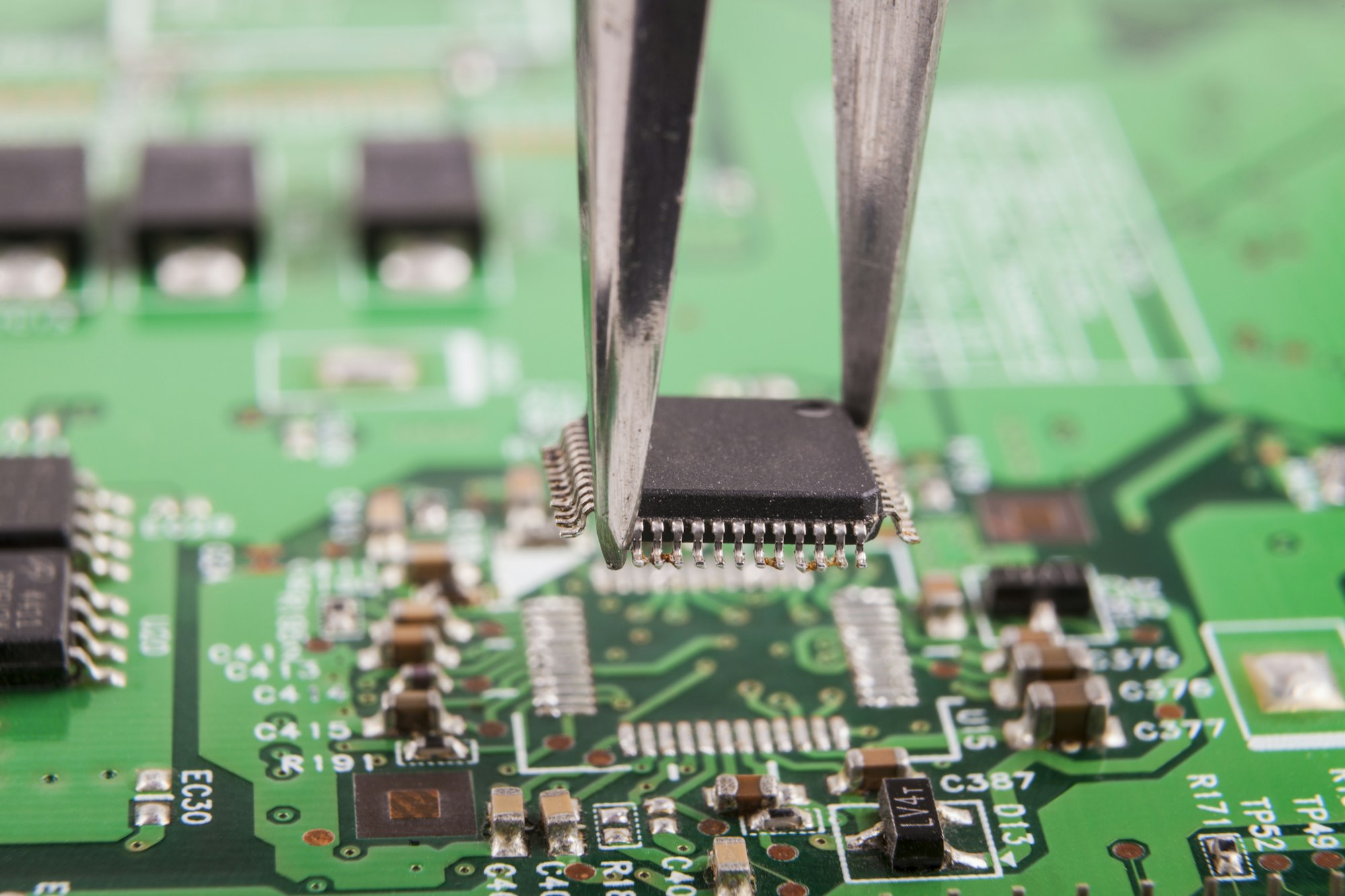Imagine developing a sensor system that requires real-time video analysis[^1], custom protocol handling, and multiple concurrent calculations. Your microcontroller crashes halfway through. Could the wrong processing architecture kill your project before it starts?
FPGA outperforms microcontrollers when projects demand parallel processing[^2], hardware-level customization[^3], or sub-microsecond response times. Choose FPGA for real-time video analysis, cryptographic acceleration, or rapid-prototyping of ASIC designs.
)
While microcontrollers dominate simple IoT devices, growing edge computing needs reveal scenarios where only FPGAs deliver. Let’s dissect critical decision factors through three crucial perspectives.
7 Hidden Factors You Must Consider Before Prototyping
A drone manufacturer abandoned microcontrollers after discovering their image stabilization required simultaneous processing of 12 sensor streams. Unexpected technical showstoppers often reveal FPGA necessity.
Key selection factors include parallel task count, hardware iteration needs, I/O flexibility requirements, and tolerance for design verification time. Always validate clock frequency requirements against microcontroller limitations.
)
Three Technical Dealbreakers
| Criteria | FPGA Advantage | MCU Limitation |
|---|---|---|
| Parallel Execution | 100+ parallel operations | Single-threaded execution |
| Clock Domain Control | Multiple independent clock networks | Fixed master clock |
| Hardware Adaptation | Reconfigurable I/O pins post-deployment | Fixed peripheral set |
FPGAs allow restructuring digital circuits like LEGO blocks. A medical device team leveraged this to implement simultaneous ECG processing (32-channels) and wireless transmission – impossible with sequential MCUs. However, this flexibility demands 53% longer R&D cycles according to 2023 Embedded Systems Survey data.
Why is FPGA not Popular?
An automotive startup used FPGA for ADAS prototyping but switched to ASIC for mass production. High-volume costs and specialized skills required limit FPGA adoption despite technical merits.
FPGA adoption barriers[^4] include steep learning curves (VHDL/Verilog), 8-12 week minimum development cycles, and $25k+ toolchain costs. 78% of engineers in a 2023 poll cited debugging complexity[^5] as their primary pain point.
)
The Hidden Cost Matrix
| Development Phase | FPGA Typical Duration | MCU Typical Duration |
|---|---|---|
| Architecture Design | 3-5 weeks | 1 week |
| HDL Synthesis | 8-24 hours | 1-60 minutes |
| Timing Closure | 3-15 days | Not applicable |
| Hardware Debugging | 2-6 weeks | 3-10 days |
While FPGAs enable 10x faster execution for parallel tasks, a robotics company reported spending 40% of their project timeline resolving place-and-route errors. The "programmable" advantage requires complex timing analysis and power optimization that 62% of teams underestimate.
FPGA vs. MCU: Main Similarities
A smart factory uses both technologies – FPGAs for machine vision and MCUs for conveyor control. Shared fundamentals enable hybrid system designs.
Both employ programmable logic, support embedded OS integration, and enable custom peripheral implementation. Critical overlap exists in interrupt handling and memory management techniques.
Convergence Points in Modern Systems
| Shared Feature | FPGA Implementation | MCU Implementation |
|---|---|---|
| Signal Processing | Hardware-accelerated FIR filters | Software-based DSP libraries |
| Protocol Handling | Custom PHY-layer implementation | Peripheral-driven communication |
| Security Features | Physical unclonable functions (PUF) | Software encryption modules |
| Power Management | Clock gating at logic block level | Sleep mode transitions |
The line blurs with MCU-FPGA hybrids like PolarFire SoC. A industrial IoT developer combined FPGA logic for CAN FD bus handling with ARM Cortex processors for cloud communication, achieving 3ms end-to-end latency during field tests.
Conclusion
Choose FPGA when facing parallel processing demands, ultra-low latency needs, or evolving hardware requirements. Microcontrollers suffice for fixed-function sequential tasks and cost-sensitive projects.
[^1]: Explore how real-time video analysis can enhance your projects and why FPGAs are ideal for this application.
[^2]: Learn about the advantages of parallel processing in FPGAs and how it can elevate your project’s efficiency.
[^3]: Discover the power of hardware-level customization in FPGAs and how it can tailor solutions to your specific needs.
[^4]: Understanding the barriers to FPGA adoption can help you navigate challenges in your projects and make informed decisions.
[^5]: Exploring the impact of debugging complexity can provide insights into improving your FPGA development process and efficiency.



